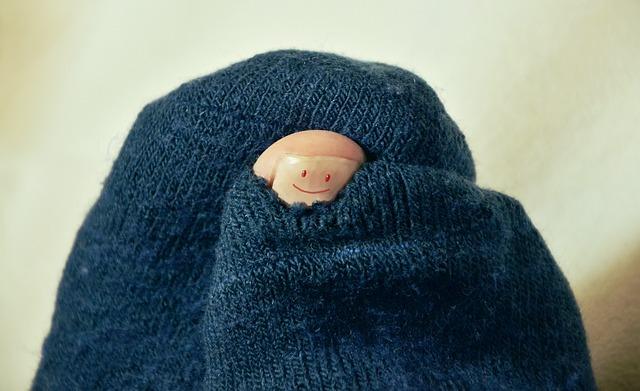Hammer toe is a condition in which the toes of your feet curl downward, causing pain and discomfort when walking or standing. The condition can be caused by genetics, wearing tight shoes, arthritis, or trauma to the foot. Fortunately, there are several exercises you can do to help alleviate the symptoms of the hammer toe and reduce pain.
This article will discuss five simple stretching exercises proven to relieve hammer toe-related pain and improve flexibility in the affected area. By performing these stretches regularly as part of an overall treatment plan for hammer toe, you’ll be able to get back on your feet quickly while avoiding further injury.
Table of Contents
How Does Hammer Toe Occur?
Hammer toe can be an incredibly painful condition. It occurs when the toe is bent in an abnormal position due to malfunctioning of the toe’s tendons and muscles. Abnormal masses, such as bunions and calluses, can strain the toes and lead to a hammer toe.
Poorly fitting shoes, especially those with high heels or pointy toes, also contribute to this painful condition. As a result, the toes slowly start to curl downward until they take on a hammer-like shape, with each second bend jabbing into the ground when walking.
People suffering from this condition may find that their daily activities are affected due to their discomfort and difficulty performing tasks involving their feet. Taking preventive measures by wearing appropriate footwear can help reduce your risk of developing a hammer toe.
5 Hammer Toe Stretches
Toe Stretching
Toe stretching is a straightforward exercise that can help expand the flexibility and mobility of your toes. Here’s how it works:
- Sit on a chair with your feet flat on the ground.
- Use your hands to stretch your toes apart gently.
- Hold the stretch for 10-15 seconds.
- Repeat ten times.
Toe Walking
Toe walking is a great exercise for strengthening the muscles in your toes and boosting balance. Here’s a simple guide to toe walking:
- Stand on your tiptoes and walk around for 5-10 minutes.
- Take short breaks if you feel any discomfort.
Toe Curls
Strengthen and increase the flexibility of your toes with this efficient exercise: toe curls. Follow these steps to get started:
- Sit on a chair with your feet flat on the ground.
- Curl your toes and hold for 5 seconds.
- Release and repeat ten times.
Marble Pickup
Marble pickup is an exercise that can contribute to better toe agility and flexibility. Here’s how it works:
- Place marbles on the ground and use your toes to pick them up.
- Hold the marbles for a few seconds and release.
- Repeat ten times.
Ball Squeezes
Ball squeezes are an effective way to strengthen and increase the flexibility of your toes. It’s quite simple – follow these steps:
- First, place a small ball between your toes and squeeze it.
- Hold the squeeze for 5 seconds.
- Then, release and repeat ten times.
How Long Does It Take to Cure Hammer Toe?
Hammer toe can be difficult to deal with and may result in immense discomfort. For those seeking relief from this condition, knowing the associated timeframe for pain relief is important.
Depending on the severity of your hammer toe, the corrective process may take several weeks to several months. However, in mild cases of hammer toe, conservative methods such as splinting or taping are often successful and can provide relief after just a few weeks.
Moderate cases may take approximately two to three months of treatments, including corrective footwear and physical therapy, though severe cases could require up to six months of follow-up care involving joint realignment surgery, which is typically coupled with rehabilitative therapy for optimal results. However, proper care and treatment can cure your hammer toe quickly.
When Should You Visit a Doctor for Hammer Toe?
Visiting a doctor should be considered if there is any pain, redness, swelling, or difficulty with walking due to the hammertoe. It is also useful to seek medical attention if you experience emotional distress due to the unsightly appearance of the deformed toe.
Most doctors may recommend an orthotic device or provide support for icing and anti-inflammatory medications. Depending on the severity of your case, surgical intervention may also be necessary to ensure proper alignment of your affected foot.
If hammer toe is left untreated over time, it can become more severe and complicated, so seeing a doctor early is advisable.
The Bottom Line
Hammer toe is a common condition that can cause significant pain and discomfort. However, with the right preventive measures and treatments, you can manage this condition and reduce your risk of developing it. It is important to note that hammer toe can take some time to heal and may require regular physical therapy for optimal results. If you experience any symptoms associated with a hammer toe, it is best to visit a doctor for proper diagnosis and treatment.

